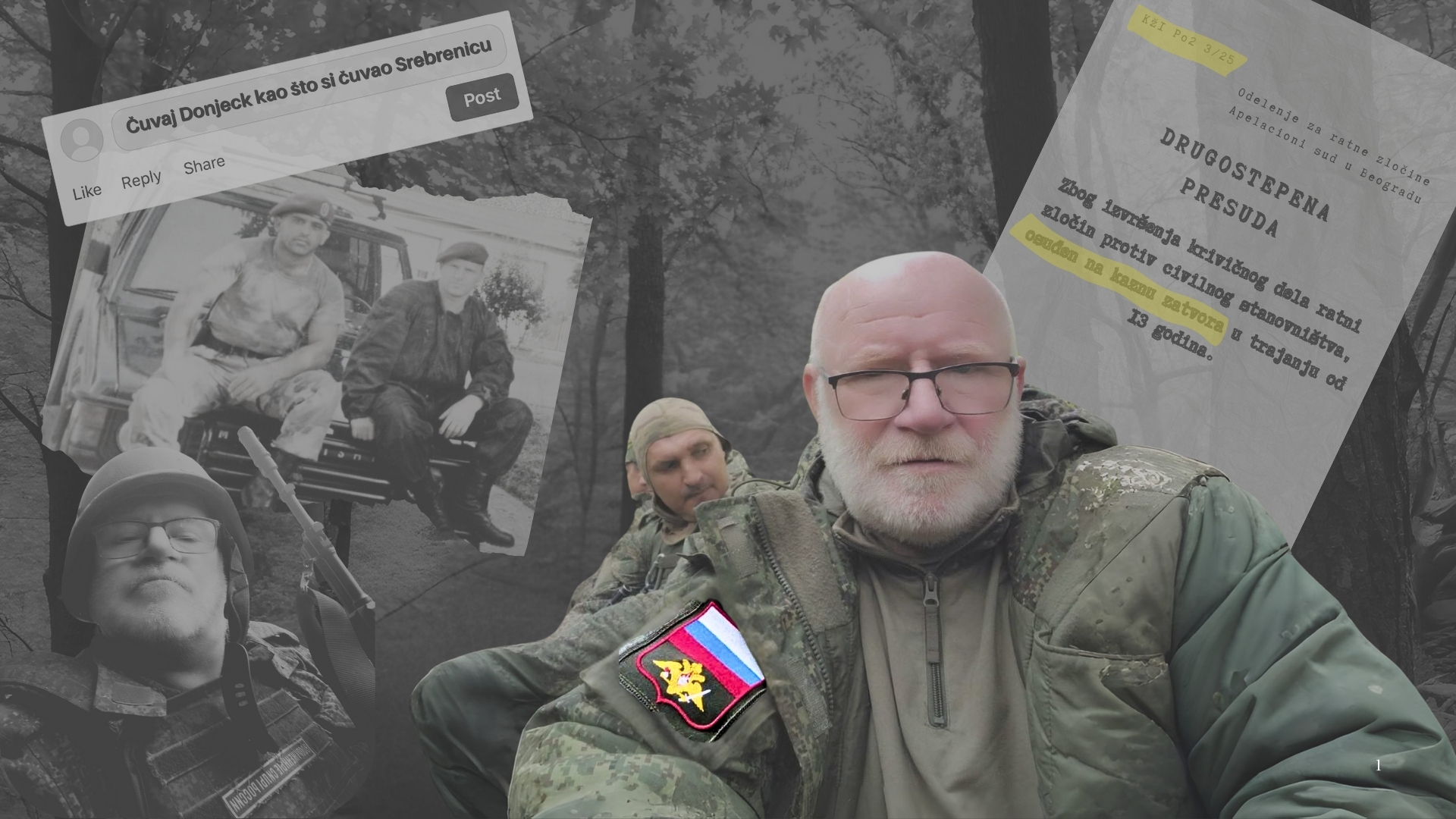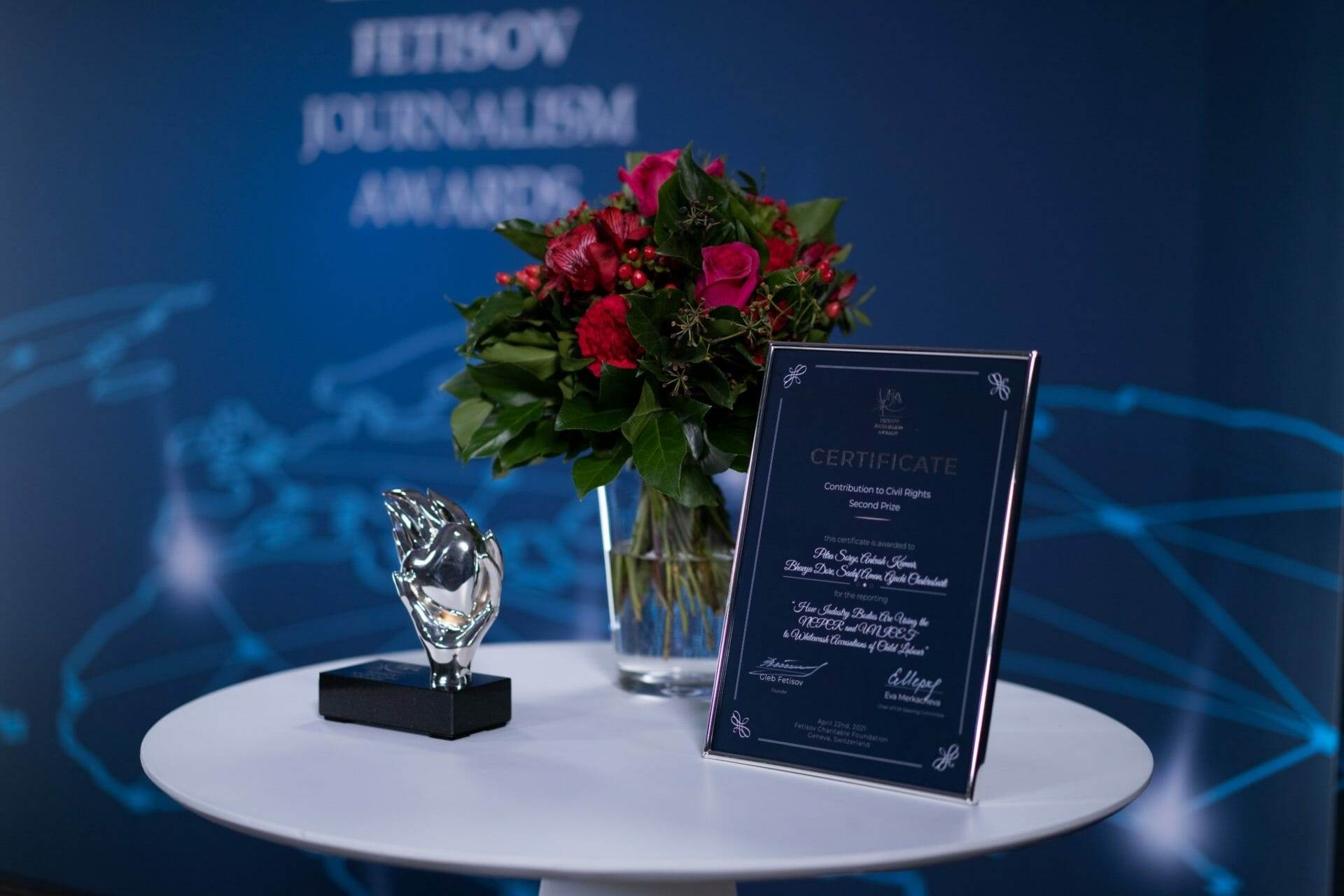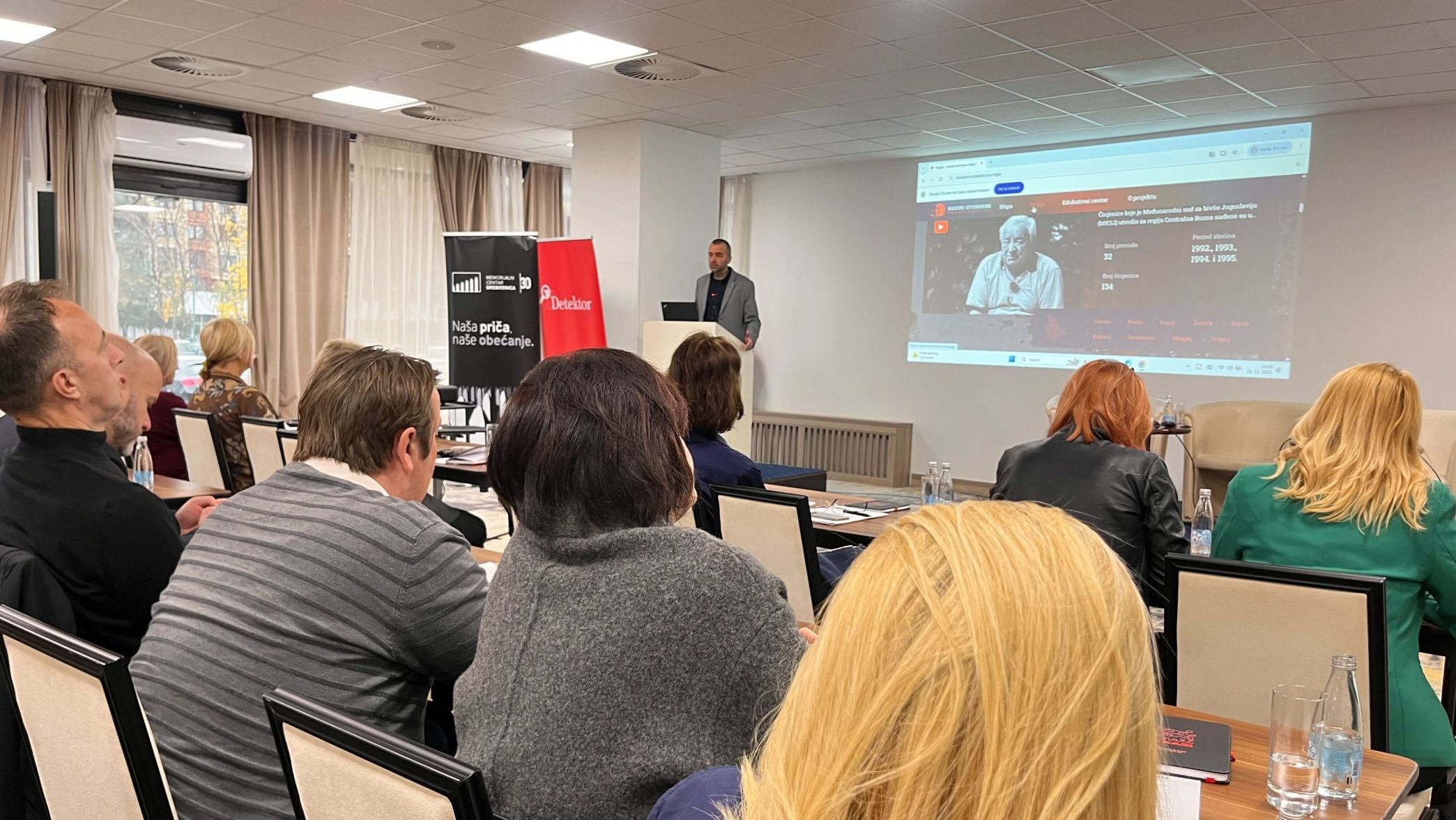This post is also available in: Bosnian
State Prosecutor Eric Larson said that Karganovic’s findings related to the murder of members of the convoy of 28th Division with the Second Corps of the Army of Bosnia and Herzegovina and civilians who were traveling from Srebrenica to Tuzla on July 12, 1995 represented “a way of denying that genocide happened”.
During cross-examination, Karganovic said: “The Court will assess the relevance of the findings. However, I consider that the execution of a large group of people and genocide are two completely different terms. Genocide is not a good way of describing what happened in Srebrenica. I agree that murders and massacre were committed, but an additional investigation is needed in order to determine if genocide happened,” he added.
The defence expert began presenting his findings on February 23 this year.
The State Prosecution charges Momir Pelemis and Slavko Peric, former members of the First Battalion Command with the Zvornik Brigade of the Republika Srpska Army, VRS, with having participated in genocide committed in Srebrenica in July 1995.
The indictment alleges that Pelemis and Peric participated in the execution of a joint plan to permanently and forcibly remove the Bosniak population from the protected enclave of Srebrenica and the murder of more than 1,000 men on Branjevo military farm and the Cultural Centre in Pilica village, Zvornik municipality.
Karganovic, who testified as expert witness at the request of Slavko Peric’s Defence, repeated his earlier statement that about 2,500 members of the Army of Bosnia and Herzegovina and civilians who were on their way from Srebrenica to Tuzla were killed between July 12 and 16, 1995.
“The available data suggest that those people were killed in ambushes set by VRS members or died due to military activities, mine fields and suicide. (…) Hypothetically speaking, it is possible that members of the convoy who had surrendered were killed. However, in my opinion it is more likely that they were killed in combat,” Karganovic said.
Prosecutor Larsen asked the expert witness if the aim of his NGO, “The Srebrenica Historical Project”, was to “systematically deny the existence of genocide in Srebrenica”. Karganovic answered negatively.
“I think that the name of the organisation shows what we are doing. We conduct historical analyses of the happenings that took place in Srebrenica from 1992 to 1995. Our intention is not to deny genocide, but we are conducting detailed research into everything that took place in the area,” Karganovic said.
The trial of Pelemis and Pericis due to continue on March 4 this year.
D.Dž.


